
Discovering Barak Valley: A Tapestry of Culture, History, and Resilience
As a columnist passionate about exploring the heart and
soul of Assam, I recently found myself captivated by the Barak Valley. Often
overshadowed by the bustling narratives of Upper and Central Assam, Barak
Valley offers a distinct charm steeped in history, culture, and diversity.
The Assam
Divide: Central, Upper, and Lower Assam
To appreciate Barak Valley's significance, one must first
understand the geographical and cultural divisions within Assam. The state is
broadly divided into three regions — Upper Assam, Central Assam, and Lower
Assam, with Barak Valley often seen as an entity on its own due to its unique
identity.
Upper Assam, known for its vast tea estates and oil
fields, represents the industrial backbone of the state. Central Assam bridges
the gap with its diverse communities and growing commercial hubs, while Lower
Assam, including Guwahati, stands as the gateway to the Northeast. In contrast,
Barak Valley, nestled in the southern part, radiates a quieter yet equally
significant aura, bound by its linguistic, historical, and cultural
peculiarities.
A Glimpse
Into History
Barak Valley comprises three districts — Cachar,
Karimganj, and Hailakandi. The region's history is intertwined with pivotal
events, including its role as a strategic location during British colonial
rule. The partition of Bengal in 1947 had profound implications for Barak
Valley, as Karimganj became a border district with East Pakistan (now
Bangladesh). The valley's connection to the freedom movement also remains
noteworthy, with active participation from the people during India's struggle
for independence.
One cannot discuss Barak Valley without mentioning the
Language Movement of 1961, a significant event in Assam's history. The movement
arose in defense of Bengali as an official language in the valley, leading to
widespread protests and the martyrdom of 11 individuals in Silchar. This event
remains a powerful symbol of the region's cultural pride.
The Barak
River: The Lifeblood of the Region
Flowing gracefully through the heart of the valley, the
Barak River is an essential part of the region’s identity. Often referred to as
the lifeblood of Barak Valley, the river not only nourishes the land but also
serves as a symbol of the valley's resilience and connection to nature. The
river meanders through the districts, offering fertile grounds for agriculture
and providing a means of transportation. Over centuries, it has witnessed the
ebb and flow of history, serving as a silent witness to the many challenges
faced by the region.
Cultural
Diversity and Traditions
The Barak Valley is a melting pot of cultures, with
Bengali, Metei, Dimasa, and other communities coexisting harmoniously. This
vibrant cultural diversity is reflected in the art, music, dance, and festivals
that the valley holds dear. The region celebrates festivals like Durga Puja,
Bihu, and Eid with equal fervor, showcasing its inclusive spirit. The delicate
art of Kalighat painting,
originating from the region, and Bengali
folk art traditions continue to be practiced and celebrated, giving the
valley a distinctive artistic heritage.
The
Meitei community, with their deep roots in
the region, have contributed not only to the cultural diversity but also to the
richness of the local traditions, arts, and cuisine.
The Meitei people have brought with them their distinct
traditions, including Manipuri dance forms, traditional weaving techniques, and
ritualistic practices. Their influence can be seen in the region’s festivals,
such as the celebration of Yaoshang (the Manipuri version of Holi), which is
observed with great enthusiasm in the Barak Valley. Manipuri cuisine, with its
unique flavors, has also become a staple in the area, adding to the diverse
gastronomic heritage of Barak Valley.
The cuisine of Barak Valley, much like its culture, is a
delightful blend. From the iconic "Shidol Chutney" to
"Panch Phoron"-flavored curries, the culinary landscape is a treat for
food lovers. Handcrafted Bamboo and Cane
artifacts and Handloom textiles are
also noteworthy, as local artisans continue to produce intricate works that
reflect the region's artistic soul.
The Tea Tribe of Barak Valley
The Tea Tribes of Barak Valley, descendants of laborers
brought by the British to work in Assam’s tea estates, have become an integral
part of the region’s identity. Initially from Bihar, Odisha, Bengal, and Uttar
Pradesh, these workers helped build the flourishing tea industry in Barak
Valley, which remains a key economic driver today.
Over time, the Tea Tribes have developed a unique culture,
blending influences from their diverse origins while retaining their own
traditions. They celebrate festivals like Maghi Mela,
Chhath Puja, and Holi with devotion and joy, marked by
traditional music and vibrant rituals. Their cuisine, with dishes like Litti Chokha and Chhena Poda, reflects their rural roots and regional influences.
The Tea Tribes also play a critical role in the local
economy, maintaining the tea estates and contributing to Assam’s globally
recognized tea industry. While challenges such as land rights and access to
education persist, efforts to improve their living conditions are ongoing, and
the community continues to thrive.
Today, the Tea Tribes of Barak Valley embody resilience,
hard work, and a rich cultural heritage, adding depth to the region’s identity
and legacy.
Challenges
and the Road Ahead
Despite its cultural richness, Barak Valley faces
challenges such as infrastructural development and connectivity issues.
However, the resilience and determination of its people continue to drive
progress. Efforts to improve transportation networks and educational
institutions are gradually bearing fruit.
Barak Valley stands as a testament to Assam's diversity
and resilience. Its distinct identity, shaped by history, culture, and the
indomitable spirit of its people, makes it a region worth exploring and
celebrating. As I walked through its streets, sat by the Barak River, and spoke
to its warm-hearted residents, I realized that Barak Valley is not just a
geographical entity but a living, breathing narrative of Assam's enduring
spirit.
So, the next time you think of Assam, remember to look
beyond its tea gardens and rivers — and discover the enchanting world of Barak
Valley.
Lamak Ahgnis
is an IT professional with an unquenchable love for travel. When not exploring
uncharted destinations, he spends his time indulging in cricket, penning down
poems, and chasing stories worth sharing.
Disclaimer: The opinions expressed in this article are those of the author's. They do not purport to reflect the opinions or views of The Critical Script or its editor.

Newsletter!!!
Subscribe to our weekly Newsletter and stay tuned.



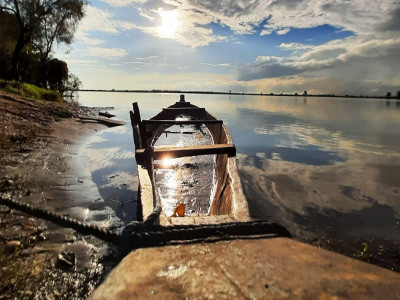
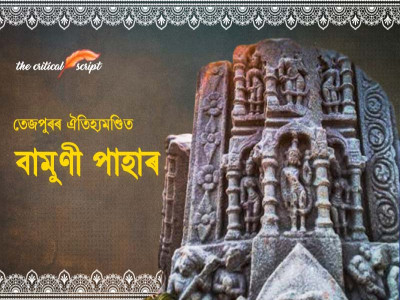
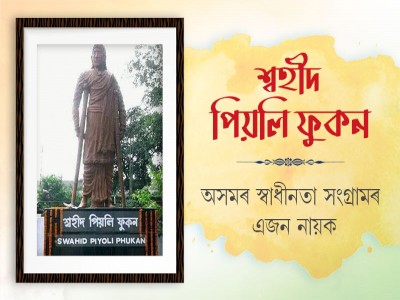
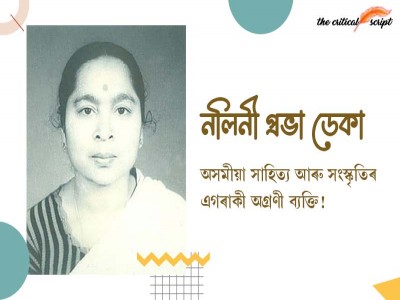
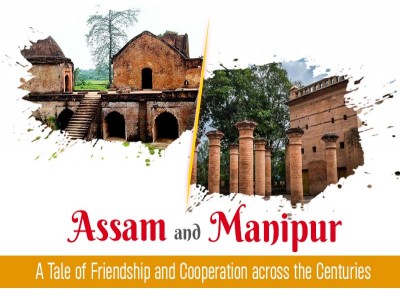
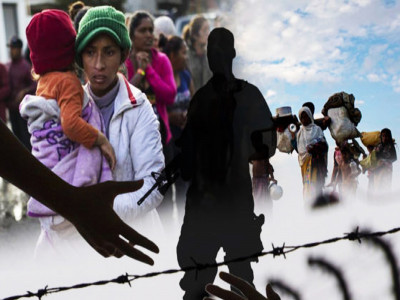
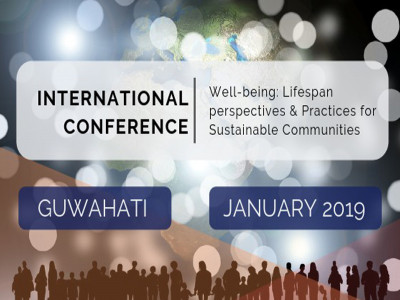
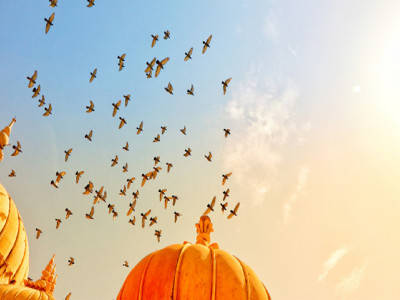
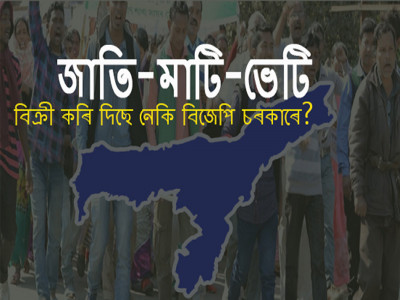





Related Comments